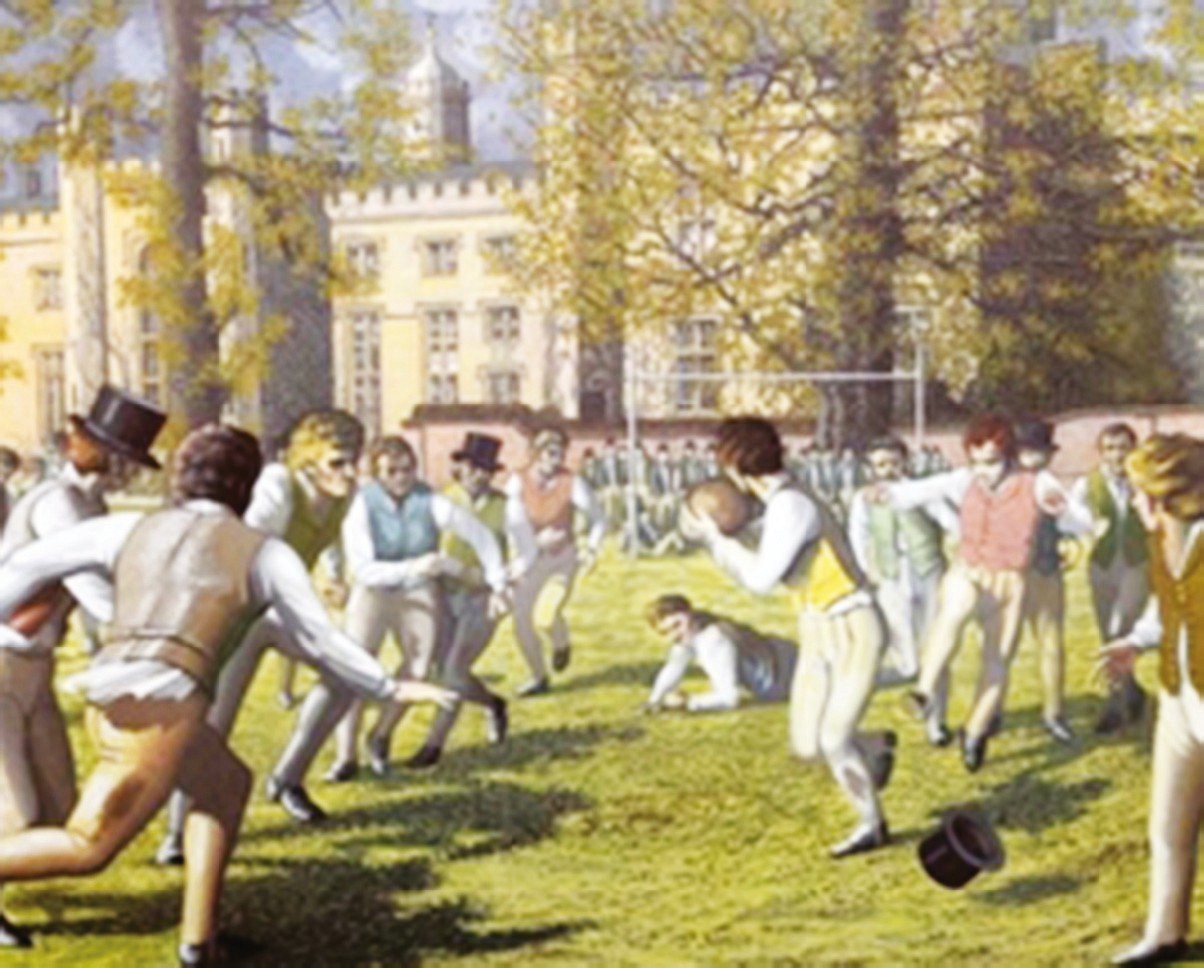Brendan Gallagher begins his expert and authorative look at the history of Rugby Union
Beginnings: The young Webb Ellis runs with the ball at Rugby School in 1823
The History of rugby: PART 1
1823-1870
NEXT WEEK: THE GREAT SPLIT
THE official history books will tell you rugby was invented in 1823 at Rugby School in Warwickshire and while there is no denying the seminal role played by that establishment in the game’s development you won’t be surprised to hear that the reality is not quite so clearcut.
Indeed William Webb Ellis – recognised as the founder of the game and a...

